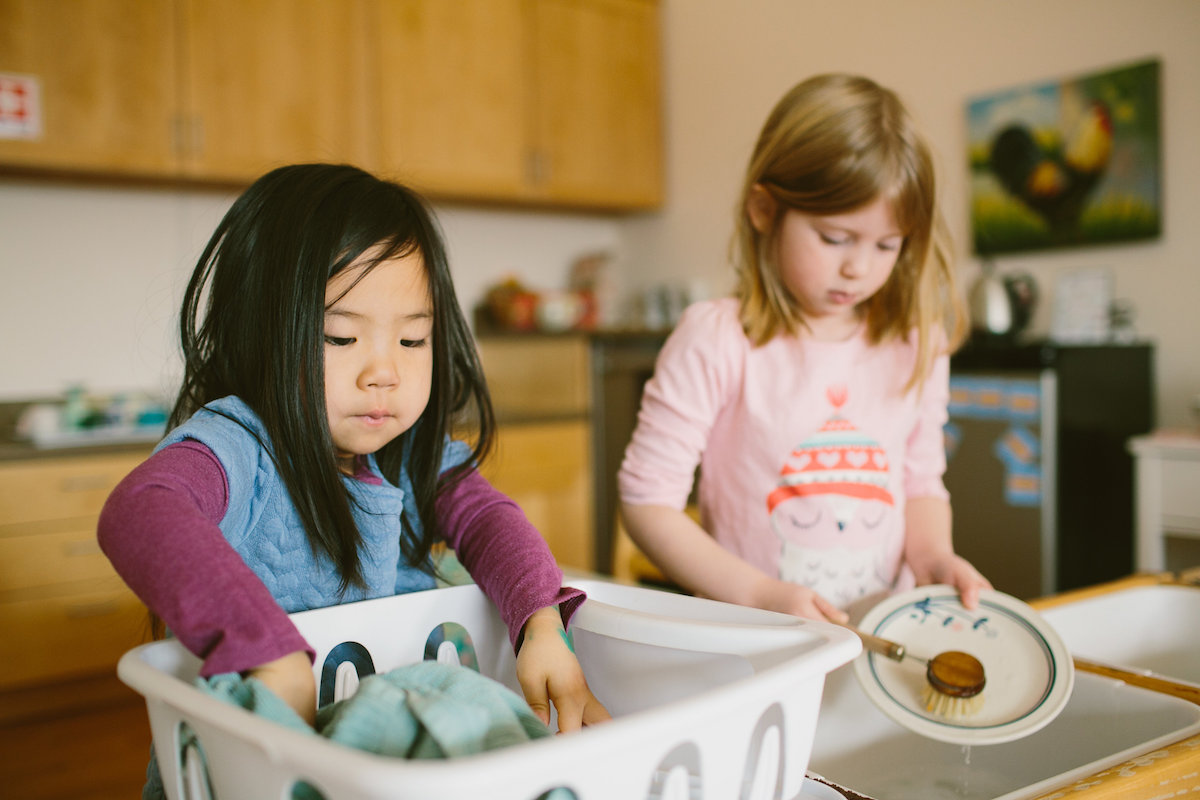The Need for Practical Life Skills Education
Junior high and high school are critical times for developing the life skills that students will need as independent adults. While academic subjects are important, so too are practical skills like cooking, home and auto maintenance, craftsmanship, and financial literacy. Traditional “shop” classes, home economics courses, and electives help expose students to a variety of useful capabilities. However, current traditional models could be improved to better equip all students, regardless of gender, for real world responsibilities after graduation. A more flexible, choice-based approach may help foster engagement and learning of essential life competencies.
Teach basic maintenance and repairs with hands-on training
Many important daily tasks like basic home and auto repairs seem intimidating without proper instruction. Hands-on shop classes could teach skills like hanging drywall, laying flooring, fixing leaky faucets, changing flat tires, jump-starting a dead battery, and more. Students would gain confidence performing simple do-it-yourself home and auto maintenance projects. By practicing tools and techniques on low-risk projects, they develop competency to handle issues independently as adults.
Emphasize cooking as a life essential for all
Being able to prepare nutritious, economical meals is crucial for independent living. Yet traditionally, cooking instruction was only given to female students. All students should learn cooking fundamentals like following recipes, using knives and appliances safely, and planning balanced weekly menus on a budget. A kitchen-based class could teach techniques for cooking staple healthy meals from scratch. Gaining even basic proficiency reduces reliance on pre-packaged meals and saves money over time.
Blend technical and practical training for a well-rounded skillset
While hands-on shop classes offered valuable skills, computer-aided tools now augment many trades. A hybrid applied technology course could blend traditional woodworking, welding, and mechanics with modern computer-controlled machining, 3D printing, laser engraving, and computer-aided design (CAD). Students gain familiarity with both manual and technical processes critical to many fields like construction, manufacturing, and engineering. This approach ensure students leave with diversified, well-rounded technical and practical skills for STEM careers or independent living.
Provide personalized guidance on important life decisions
High school is when many contemplate posts-secondary education and career options. A dedicated life planning course could help with critical choices like further study, certification programs, trade apprenticeships, military service, or directly entering the workplace. Trained advisors provide individualized coaching on researching options, applying, interviewing, financial aid, budgeting, and basic taxes. Students gain insights and strategies for their specialized path, building skills for self-directed career and education planning after graduation.
Empower students to take responsibility through financial literacy
Adulthood means taking responsibility for bills, loans, banking, savings, retirement and more. A personal finance class teaches budgeting, comparing prices, credit awareness, taxes, insurance basics, investing strategies, loans and how to build good credit over time. Practicing tracking expenses, paying debt on time, and how early investments grow instills crucial life skills. With applied financial training, graduates understand consequences of fiscal decisions and are equipped to maintain long-term stability independently through adult life stages.
Offer equal elective access for diversified learning
While some gender imbalances have eased, not all students have equal access to life skills training depending on their high school. A choice-based elective model lets any student select from applied courses to suit their needs, interests or passions. Options could span cooking, shop classes, Interior design, woodworking, auto mechanics, welding, computer coding, entrepreneurship, personal finance and more. With balanced guided elective choices, all students diversify skillsets through hands-on projects tailored to their learning styles and goals. This fosters self-directed learners ready for modern challenges.
Continually evaluate and improve based on real-world feedback
No single approach suits every community. Programs must evolve with technology, careers and independent living needs. Conducting exit surveys and alumni focus groups provides insight into what skills graduates use and what additional preparation could help. Advisory boards of employers, tradespeople, and post-secondary institutions offer perspective on current expectations and trends. Incorporating this industry feedback ensures classes stay relevant for each generation of students. With ongoing evaluation and modernization, life skills programs maximize real-world applicability and value for students as they transition to independence.
Partner with local industry for mentorship and work experience
Hands-on learning comes alive through industry exposure. Forming partnerships lets local tradespeople and companies host field trips, career days, and mini-internship rotations. Students observe professionals, ask questions and sometimes help with minor supervised tasks. This provides crucial glimpses into different jobs and the application of technical skills in the workforce. Partners may also mentor capstone projects, offer mock interviews and write reference letters. With work-based learning partnerships, students start exploring career fit while networking in their own communities. In summary, a flexible, applied approach to life skills education empowers all students with practical competencies for independence and career discovery. When schools collaborate with local industry on modernized programs, communities directly benefit as graduates enter the workforce or independent living with valuable real-world capabilities. By focusing education on what truly matters in adult life, young people gain the skills and confidence to succeed in whatever path they choose after high school. Prioritizing practical life training helps ensure their future resilience and fulfillment. 
